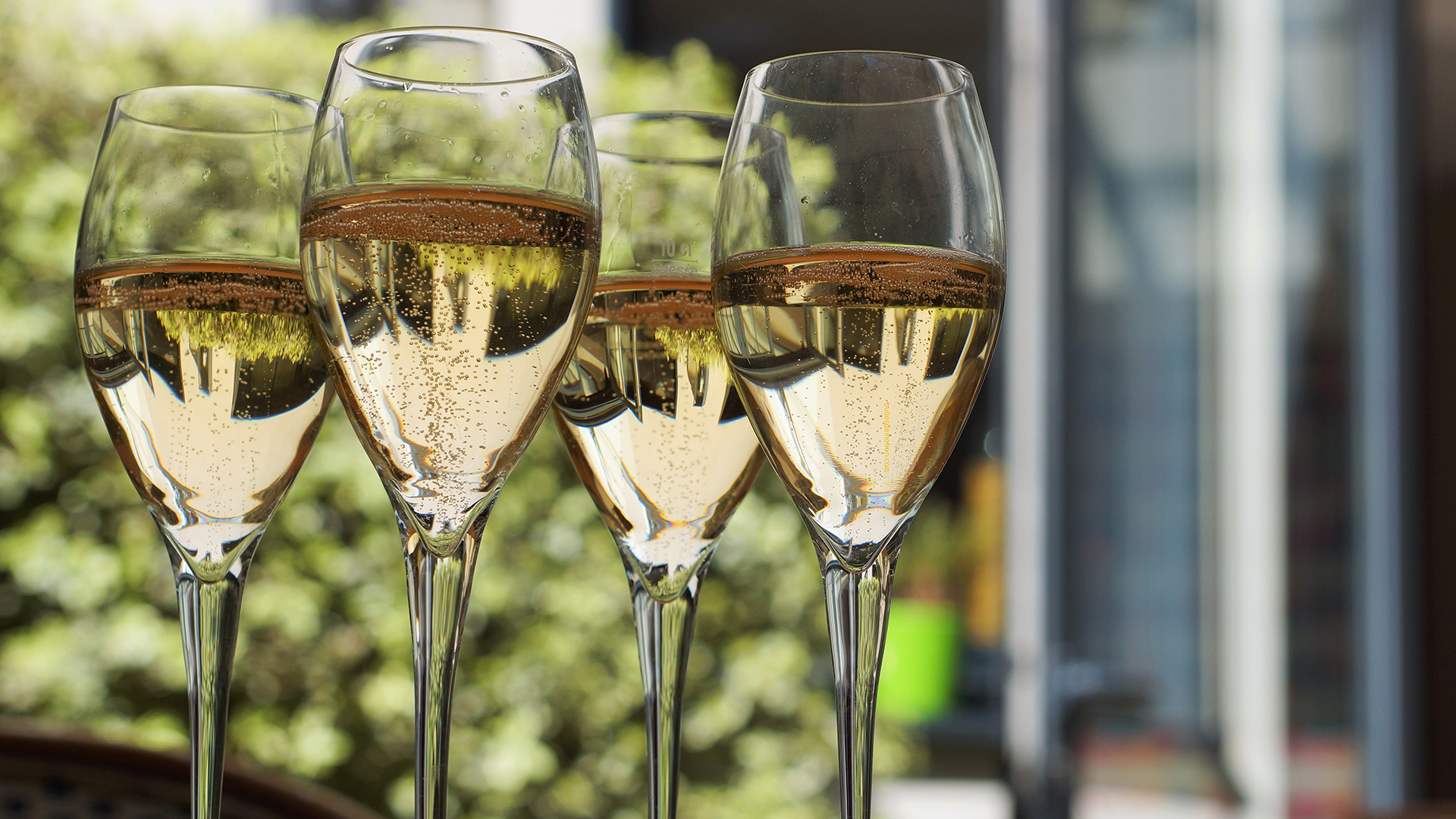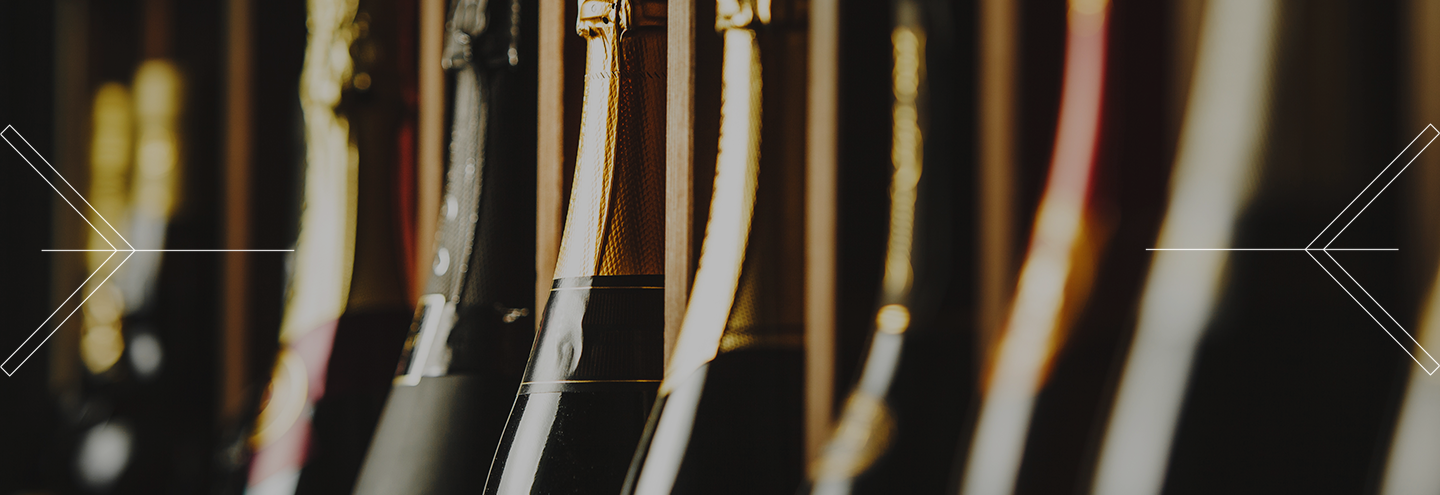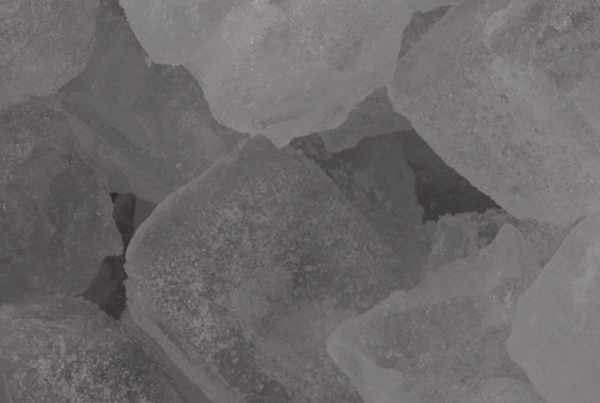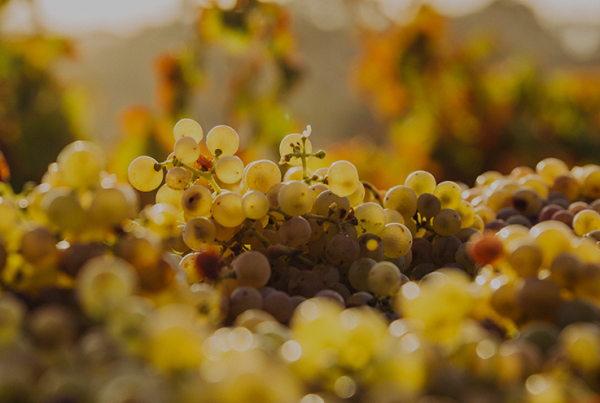Just read the label!
The label represents in all respects the identity card of the wine.
There are some info required by law that allows us to understand what type of wine we are buying.
Maybe we will not be able to understand immediately if it is a high quality wine. But some basic information that can guide our choice is there. At a glance we can understand if it is a sweet or dry sparkling wine.
On each bottle, in fact, the value of the sugar contained must be clearly indicated. On the label, next to the name and the denomination, there is a small writing with a vaguely French sound that refers to this.
And to be precise:
- Pas Dosé (Dosage Zero or Nature). They are the driest wines, the one with the lowest sugar content. Less than 3 grams of sugar per liter.
- Extra Brut. Less than 6 grams of sugar per liter.
- Brut. Less than 12 grams of sugar per liter.
- Extra Dry. Between 12 and 17 grams of sugar per liter.
- Dry (or Secco). Between 17 and 32 grams of sugar per liter.
- Demi Sec. Between 32 and 50 grams of sugar per liter.
- Doux (or Dolce). The sweetest sparkling wines ever, with over 50 grams of sugar per liter.

Natural and added sugar
But where does the sugar in the wine come from?
Grapes are a particularly sugary fruit. And the grape sugars are found entirely in the must produced by its pressing.
Then following fermentation, part of these sugars are attacked by yeasts and chemically transformed into alcohol and carbon dioxide.
At the end of this phase, part of the sugar contained in the wine was not consumed by the yeasts and represents the basic sugar residue.
In the case of sparkling wine, moreover, at the end of the processing, the producers can decide to add a small part of extra sugar, so as to determine the final sweetness degree.









